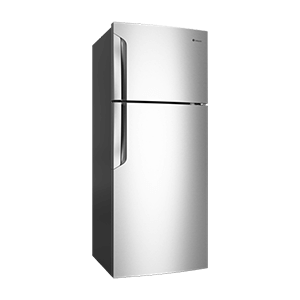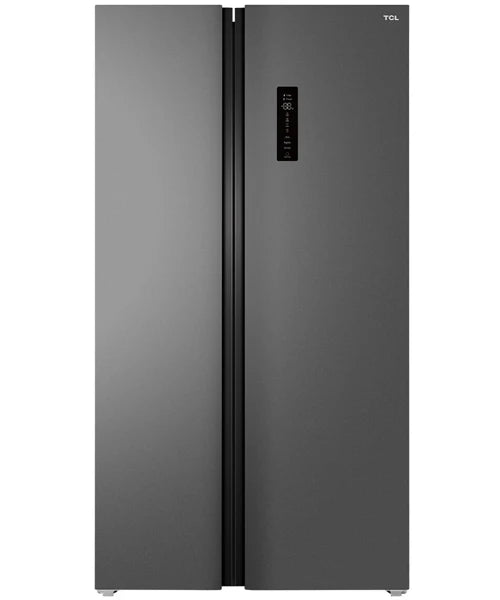In need of a new fridge?
Choosing a fridge is one of the most important decisions for your kitchen. It’s the hub where fresh food, drinks, and meals for the family are stored. With so many options available, it can feel overwhelming to pick the right one.
This guide walks you through:
- The main fridge types and how they suit different homes
- Key features to look for
- Energy use and running costs
- Extra options that can make life easier
By the end, you’ll have a clear idea of which fridge is right for you.

1. What size fridge do you need?
The first step is to measure the space in your kitchen.
- Measure height, width, and depth carefully.
- Add 2–3cm clearance at the top and back for air circulation.
- Check hallways, doorways, and corners to make sure delivery is possible.
General guide for household sizes:
- 1–2 people: 300–400L
- 3–4 people: 400–600L
- 5+ people: 600L+

2. Main Fridge Types
Top Mount Freezer
- Freezer on top, fridge at the bottom.
- Usually the most affordable and energy efficient.
- Good all-rounder for most families.
Bottom Freezer
- Freezer at the bottom, fridge at eye level.
- Easier access to everyday fresh food.
- Slightly more expensive than top mounts.
Side-by-Side
- Vertical split with fridge on one side, freezer on the other.
- Great for families who buy in bulk.
- Slimmer shelves can make fitting wide items tricky.
French Door
- Combines a bottom freezer with double doors at the top.
- Wide shelving perfect for large platters.
- Usually the most expensive option.
